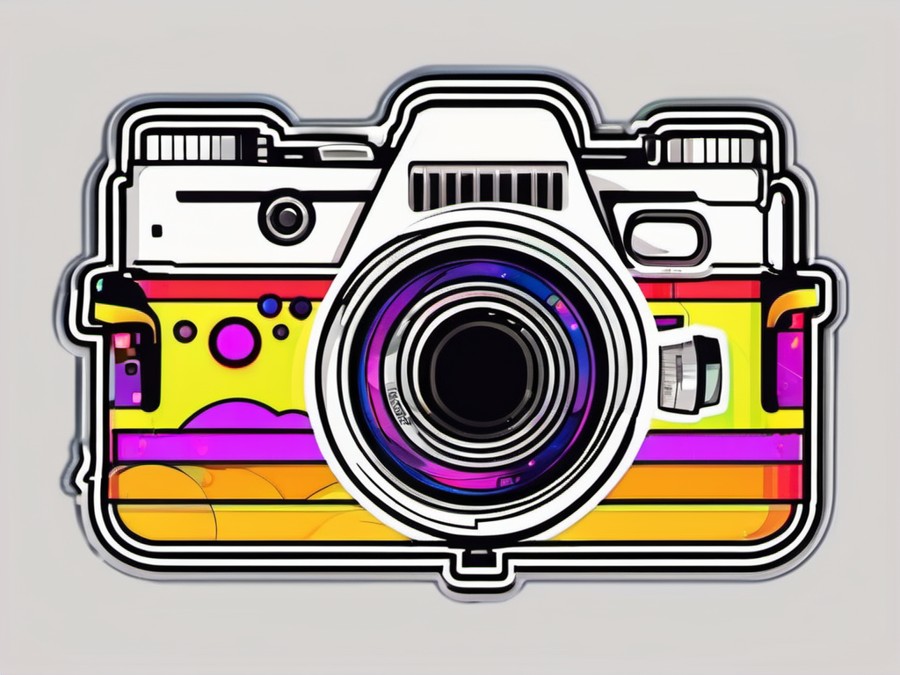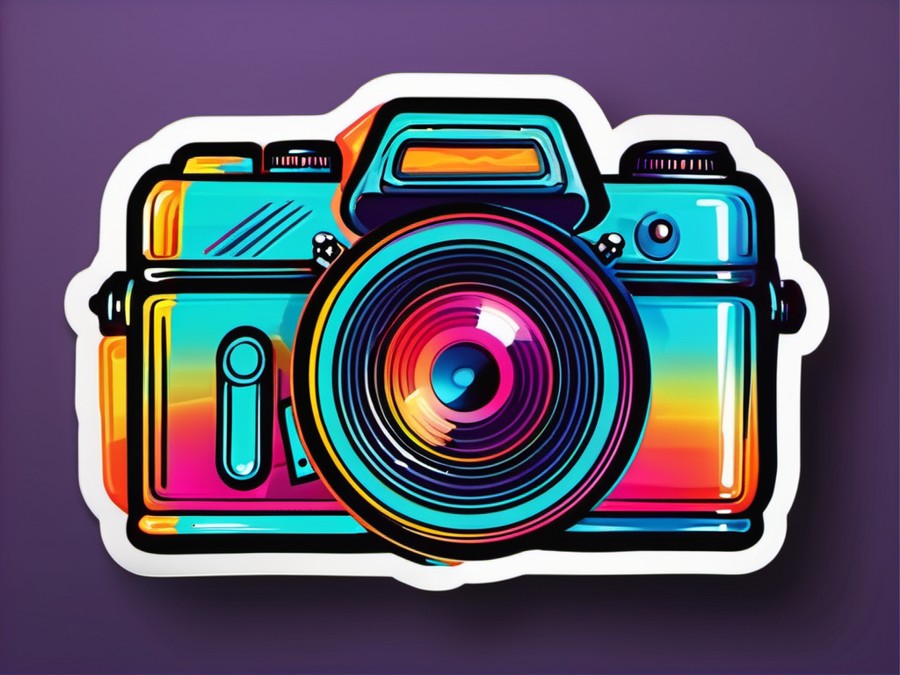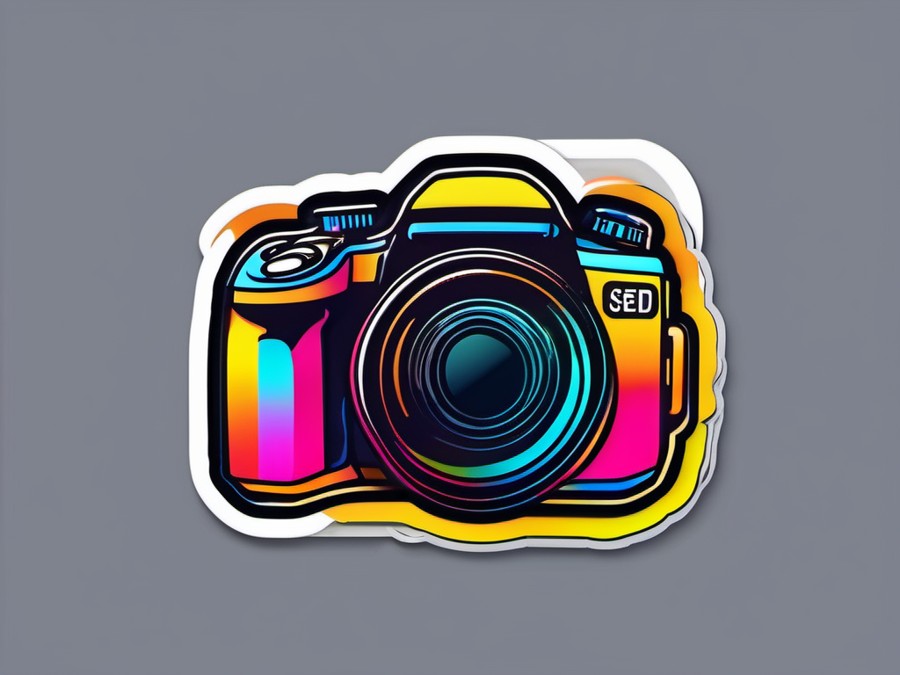· Charlotte Will · DSLR Cameras · 10 min read
What is the Best Entry-Level DSLR Camera for Beginners?
Discover the best entry-level DSLR cameras for beginners in photography. Learn which features to look for, compare Canon vs Nikon models, and get practical tips for capturing stunning images.

Jumping into Photography: Why Choose a DSLR?
If you’re new to photography and wondering what the best entry-level DSLR camera for beginners is, you’re in the right place. DSLRs (Digital Single-Lens Reflex cameras) are a popular choice among beginners for several compelling reasons. Firstly, DSLRs offer superior image quality and flexibility compared to smartphone cameras or compact point-and-shoot models. The large sensors in DSLRs capture more light, resulting in better clarity and detail, especially in low-light conditions. Additionally, DSLRs provide the convenience of interchangeable lenses, allowing you to switch between different types of photography with ease.
For beginners, learning the ropes of photography is crucial, and DSLRs offer tactile controls that make it easy to understand and manipulate settings. As you delve into the world of photography, having a DSLR can be a significant advantage in honing your skills and capturing stunning images.
Features to Look for in the Best Entry-Level DSLR Camera
When searching for the best entry-level DSLR camera, several key features should be on your radar. Let’s break them down:
Image Quality and Resolution
Understanding megapixels is crucial. More megapixels generally mean better image quality, but it’s not the only factor to consider. Look for a DSLR with at least 18-24 megapixels; this range provides ample resolution for both prints and digital displays.
Autofocus System
An effective autofocus system is essential for capturing sharp images quickly. Entry-level DSLRs typically come with a phase-detection autofocus system, which is fast and accurate. Some models also offer live view autofocus for video shooting and still images, enhancing versatility.
ISO Range
The ISO range is crucial for low-light photography. A wider ISO range (e.g., 100-25600) allows you to shoot in various lighting conditions without sacrificing image quality. For beginners, ISO flexibility is a vital feature to look for in an entry-level DSLR camera.
Aperture Priority Mode and Shutter Speed
These two settings are fundamental for creative control in photography. Aperture priority mode allows you to adjust the depth of field, creating a beautiful blurred background effect (bokeh) in portrait photography. Shutter speed lets you freeze action or create motion blur effects, adding artistic flair to your shots.
Image Stabilization
This feature helps reduce camera shake, ensuring your photos are sharp and clear. In-body image stabilization (IBIS) or lens-based image stabilization (IS) is a must-have feature for beginners to avoid blurry images.
Canon vs Nikon: Which Brand is Better for Beginners?
When it comes to entry-level DSLRs, two major brands stand out: Canon and Nikon. Both offer excellent models for beginners, so let’s compare some of their best entry-level DSLR cameras.
Canon EOS Rebel T7i (EOS 800D)
The Canon EOS Rebel T7i, also known as the EOS 800D, is a fantastic choice for beginners. It offers a 24.2-megapixel APS-C sensor, delivering high-quality images with excellent detail. The autofocus system is fast and accurate, making it easy to capture sharp images even in challenging conditions. The Dual Pixel CMOS AF provides smooth and precise autofocus for both stills and videos. Additionally, the touchscreen LCD makes navigation intuitive and user-friendly.
Nikon D3500
The Nikon D3500 is another top pick for beginners. It features a 24.2-megapixel DX-format sensor, ensuring superb image quality. The autofocus system in the D3500 is robust and reliable, with 11 AF points that quickly lock onto subjects. One of the standout features is its battery life, which can last for over 1500 shots on a single charge, making it ideal for extended photography sessions.
Canon vs Nikon: Pros and Cons
Canon Pros:
- Dual Pixel CMOS AF for excellent autofocus in both photos and videos.
- Intuitive touchscreen LCD for easy navigation.
- Great color reproduction and dynamic range.
Canon Cons:
- Slightly more expensive compared to Nikon models.
- Larger and heavier body, which might be less comfortable for some users.
Nikon Pros:
- Exceptional battery life, lasting over 1500 shots per charge.
- Compact and lightweight design for better portability.
- User-friendly interface with Guide Mode to help beginners learn photography basics quickly.
Nikon Cons:
- Fixed LCD screen, which is not touch-sensitive.
- Slightly less advanced autofocus system compared to Canon’s Dual Pixel CMOS AF.
Top Entry-Level DSLR Cameras in 2023
Canon EOS Rebel T7i (EOS 800D)
- Key Features:
- 24.2-megapixel APS-C sensor for exceptional image quality.
- Dual Pixel CMOS AF for smooth and precise autofocus in both photos and videos.
- Vari-angle touchscreen LCD for intuitive navigation.
Nikon D3500
- Key Features:
- 24.2-megapixel DX-format sensor delivering superb image quality.
- Robust 11 AF points for fast and accurate autofocus.
- Exceptional battery life, lasting over 1500 shots per charge.
Pentax K-70
The Pentax K-70 is another robust option for beginners. It features a 24.24-megapixel APS-C sensor, ensuring high-quality images with excellent detail. The K-70 is renowned for its durability and weather sealing, making it a great choice for outdoor photography. Additionally, it offers built-in Wi-Fi and GPS, allowing you to transfer your photos easily and geotag them for better organization.
Sony Alpha a580
While not the most recent model, the Sony Alpha a580 remains a solid choice for beginners. It packs a 16.2-megapixel Exmor APS HD CMOS sensor, which delivers good image quality. The Alpha a580 also offers advanced features like SteadyShot INSIDE image stabilization, ensuring sharp images even in low-light conditions.
Entry-Level DSLR vs Mirrorless Cameras: Which is Better for Beginners?
With the rise of mirrorless cameras, you might wonder if a DSLR is still the best choice for beginners. Both types of cameras have their advantages, so let’s break down the key differences:
Advantages of Mirrorless Cameras
- Compact Size and Weight: Mirrorless cameras are generally smaller and lighter than DSLRs, making them more portable.
- Electronic Viewfinders (EVFs): Many mirrorless cameras offer EVFs, which provide a real-time preview of your shot, including exposure and color adjustments.
- Better Video Capabilities: Mirrorless cameras often excel in video recording, offering features like 4K resolution and advanced autofocus systems during video shooting.
Advantages of DSLR Cameras for Beginners
- Better Battery Life: DSLRs typically have longer battery life, allowing you to shoot more photos on a single charge.
- Optical Viewfinders (OVFs): OVFs in DSLRs offer a more traditional photography experience, displaying what you see through the lens.
- Tactile Controls: DSLRs provide more tactile controls, which can be beneficial for beginners learning the fundamentals of photography.
Budget Considerations: Finding the Best Affordable Entry-Level DSLR
Budget is a significant factor when choosing the best entry-level DSLR camera. While high-end models offer advanced features, not all beginners need the latest technology. Here are some recommendations for budget-friendly models:
Canon EOS Rebel T6 (EOS 1300D)
The Canon EOS Rebel T6 is an affordable option that still delivers good image quality. It features an 18-megapixel APS-C sensor and offers basic autofocus capabilities. While it might lack some of the advanced features found in higher-end models, it’s a solid choice for beginners on a budget.
Nikon D3400
The Nikon D3400 is another budget-friendly entry-level DSLR. It comes with a 24.2-megapixel DX-format sensor, ensuring excellent image quality. The D3400 also offers good battery life and a user-friendly interface, making it an attractive option for beginners.
Beginner Photography Tips: Maximizing Your DSLR Experience
Once you’ve chosen your entry-level DSLR, it’s time to start capturing stunning images. Here are some beginner photography tips to help you get the most out of your camera:
Understanding the Basics
- The Exposure Triangle: Learn about aperture, shutter speed, and ISO. These three elements work together to determine the exposure of your photo.
- Practice Modes: Experiment with different shooting modes like Aperture Priority (Av/A), Shutter Priority (Tv/S), and Manual (M) to gain a better understanding of your camera’s capabilities.
Hands-On Learning
- Shoot Regularly: The best way to improve your skills is by practicing often. Capture images in various settings and conditions to see how different settings affect your photos.
- Review Your Work: After each photography session, take the time to review your images. Identify what worked well and where you can improve.
Lenses: Understanding Interchangeable Lenses for DSLRs
One of the significant advantages of DSLR cameras is their compatibility with interchangeable lenses. As a beginner, understanding the different types of lenses and their uses can greatly enhance your photography experience:
Types of Lenses
- Prime vs Zoom Lenses: Prime lenses have a fixed focal length and are generally faster (with wider apertures) than zoom lenses. Zoom lenses offer variable focal lengths, providing versatility in different shooting situations.
- Macro and Telephoto Lenses: Macro lenses are designed for close-up photography, allowing you to capture intricate details. Telephoto lenses are ideal for sports and wildlife photography, offering high magnification and long focal lengths.
Real-World Examples: How Beginners Are Using Entry-Level DSLRs
To give you a better idea of how entry-level DSLRs can be used, let’s look at some real-world examples:
Travel Photography
Many beginners use their entry-level DSLRs for capturing memorable moments during their travels. The ability to switch lenses allows them to capture everything from scenic landscapes to close-up portraits of locals.
Portrait Sessions
Beginners are also using their DSLRs to capture stunning portraits. By experimenting with different aperture settings, they can create beautiful bokeh effects, making their subjects stand out against soft, blurred backgrounds.
Conclusion: Choosing the Right Entry-Level DSLR for Your Journey
Choosing the best entry-level DSLR camera requires consideration of various factors, including image quality, features, budget, and brand preferences. Whether you opt for a Canon or Nikon model, each offers unique advantages that can help you capture stunning images as you embark on your photography journey.
Remember, the key to mastering photography lies in practice and experimentation. Don’t be afraid to try different settings and lens combinations to see what works best for your specific needs. With the right entry-level DSLR and a passion for learning, you’ll be well on your way to capturing incredible photos.
FAQs
What are some common beginner mistakes to avoid with a DSLR?
- Overlooking the importance of practice and patience. Photography is a skill that improves over time, so be patient with yourself as you learn.
- Ignoring manual controls for too long. While auto modes are helpful, learning to use manual settings will give you greater control over your photography.
How do I choose the right lens for my beginner DSLR?
- Considering your photography goals and budget is crucial. If you’re interested in portrait photography, a prime lens with a wider aperture might be beneficial. For travel and landscape photography, a versatile zoom lens could be more appropriate.
- Starting with a kit lens before upgrading can be a good idea. Kit lenses often provide a good balance of versatility and affordability for beginners.
Is it worth getting an older model DSLR as a beginner?
- Pros and cons of buying used or refurbished cameras. Older models can be more affordable, but they may lack some of the advanced features found in newer models.
- Ultimately, the decision depends on your specific needs and budget. If you’re on a tight budget, an older model can still be a great starting point for your photography journey.
Should I invest in accessories for my beginner DSLR?
- Essential accessories like a tripod, extra batteries, and memory cards are worth considering. These items can enhance your photography experience and ensure that you’re always ready to capture great shots.
How do I transition from an entry-level DSLR to a more advanced camera?
- Recognizing when it’s time for an upgrade. As your skills improve, you might find that your entry-level DSLR no longer meets your needs. When this happens, it’s time to consider upgrading to a more advanced model.
- Understanding the features and benefits of mid-range and professional DSLRs will help you make an informed decision. Advanced cameras often offer better image quality, faster autofocus systems, and more robust construction for professional use.




